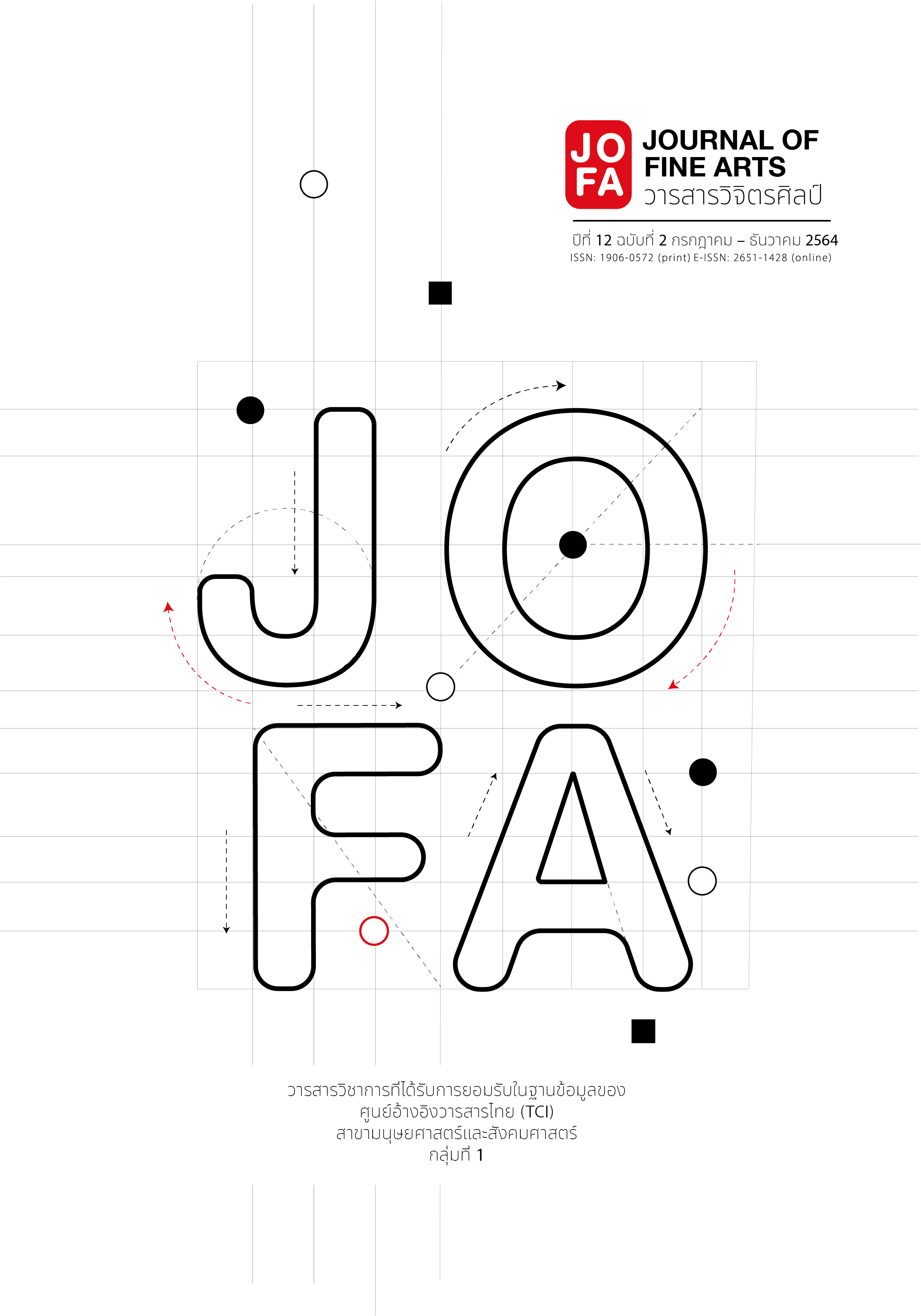Imagination from The Hmong Folk tales
Main Article Content
Abstract
Hmong ethnic folk tales are considered as one of the cultural heritages that can learn the imagination, ideas, attitude of the Hmong people who have inherited teachings and beliefs from generation to generation. The changes in migration to find arable land, outbreak, education, and trading, caused the new generation Hmong people forget the cultural heritage. Reviewing the Hmong folk tales is like resurrecting the meaning of those memories to live closely with the people in modern times so that they will be proud of their knowledge and appreciate the value of cultural identity for future generations. The purpose of this study is to study the context of history, society, and culture of the Hmong community, including concepts and wisdom in various fields as well as studying the Hmong folk tales in the Hmong community at Mae Sa Mai village and Mae Sa Noi village, Pong Yaeng subdistrict, Mae Rim district, Chiang Mai province. Perform synthetic analysis for the creation of mixed media arts with the participation of youth in the community. Inspired by imagination, stories or folk tales of the Hmong people to stimulate the awareness of the cultural identity of the Hmong
people, with the Art Creative Research style, using Interdisciplinary research and presenting the results of the study in descriptive form and presenting the art creation work.
The study found that The 9 folktales of the Hmong folktales of Mae Sa Mai and Mae Sa Noi villages, Pong Yaeng Subdistrict, Mae Rim District, Chiang Mai Province. Then selected Hmong folktales stories from the Hmong community youth to choose by using human principles as the centre. The group of relations between the Hmong folktales is divided into 3 groups as follows: The relationship between humans and humans, The relationship between humans and nature, The relationship between humans and the supernatural. Therefore select 3 Hmong folk tales (from 9 Hmong folk tales) To bring the process of visiting the art activity area with the Hmong youth Mae Sa Mai Village and Mae Sa Noi Village, Pong Yaeng Subdistrict, Mae Rim District, Chiang Mai Province. As a result of the activities, the students synthesized the lines of the Hmong youth together with the imagination of the students. Turned out to be a mixed media art participation with Hmong youth by creating techniques from natural materials in Hmong lifestyle. Presented in the form of a mixed media art exhibition Which is installation art for the Hmong youth and those interested in art. Can participate in the creative work that is displayed at this time.
Article Details
References
Kahn, M. “Midden Heap Exhibition.” Friedmanbenda. Accessed January 5, 2018. http://www.friedmanbenda.com/exhibitions/upcoming/misha-kahn-midden-heap.
Kanchanaphan, A. Nǣo Khwāmkhit Phư̄nthān Thāng Sangkhom Læ Watthanatham. [Basic concepts of society and culture]. 3rd ed. Chiang Mai: Faculty of Social Sciences, Chiang Mai University, 2010.
Leepreecha, P. Kānkhā Khām Phromdǣn KapʻAttalak Mong. [Cross-border trade with the Hmong identity]. Chiang Mai: Chiang Mai University, 2005.
Leepreecha, P. and Whanitpradit, A. “Ongkhwāmrū Thō̜ngthin Mong Chumchon Mǣ Sā Mai [Local knowledge of the Hmong Mae Sa Mai community].” In Academic documents, ethnic studies and development Educational series and ethnicities 6. Chiang Mai: Social Research Institute, Chiang Mai University, 2007.
Nguyen, H. “What-We-Do. [Circlepainting].” Accessed February 19, 2018. https://www.circlepainting.org/what-we-do.html.
Nimmanhaemin, P. Nithān Phư̄nbān Sưksā. [Folklore Studies]. Bangkok: Faculty of Arts, Chulalongkorn University, 2000.
Singapore Biennale. An Atlas of Mirrors. Singapore: Allegro, 2016.
Siripattananuntakul, W. “Sinlapin Sinlapa Watthanatham: Kānphalit Sō̜ Kap Kān kō ʻIntœ̄. [Artist Art and Culture: Reproduction and Go Inter].” Veridian E-Journal, Silpakorn University 5, no. 3 (September/December 2012).
Tribal Development Center in Chiang Mai. Thamnīap Chumchon Bon Phư̄nthī Sūng Čhangwat Chīang Mai Phō̜. Sō̜. 2558. [Chiang Mai Highland Community House 2015]. Chiang Mai: Department of Social Development and Welfare Ministry of Social Development and Human Security, 2015.


